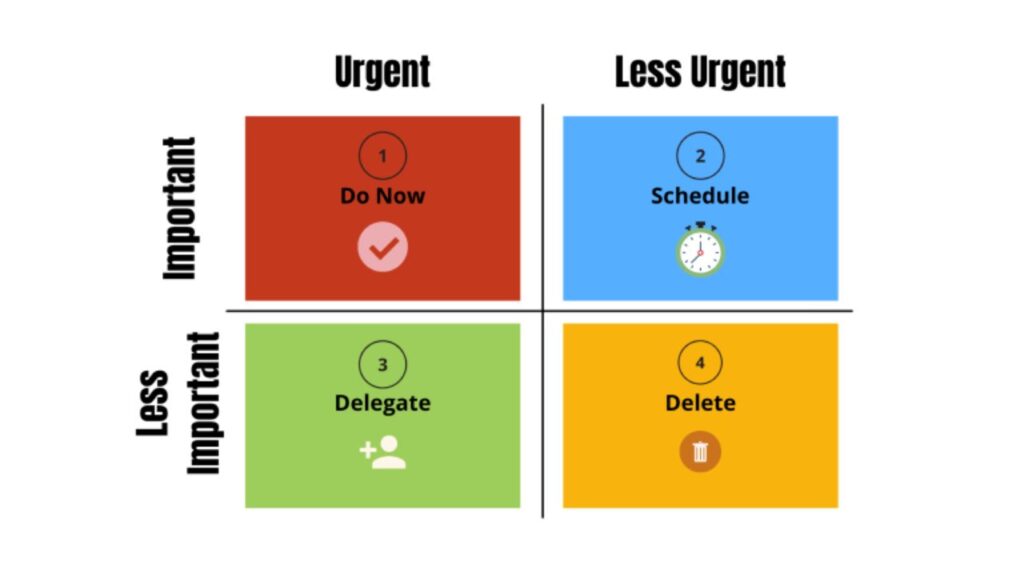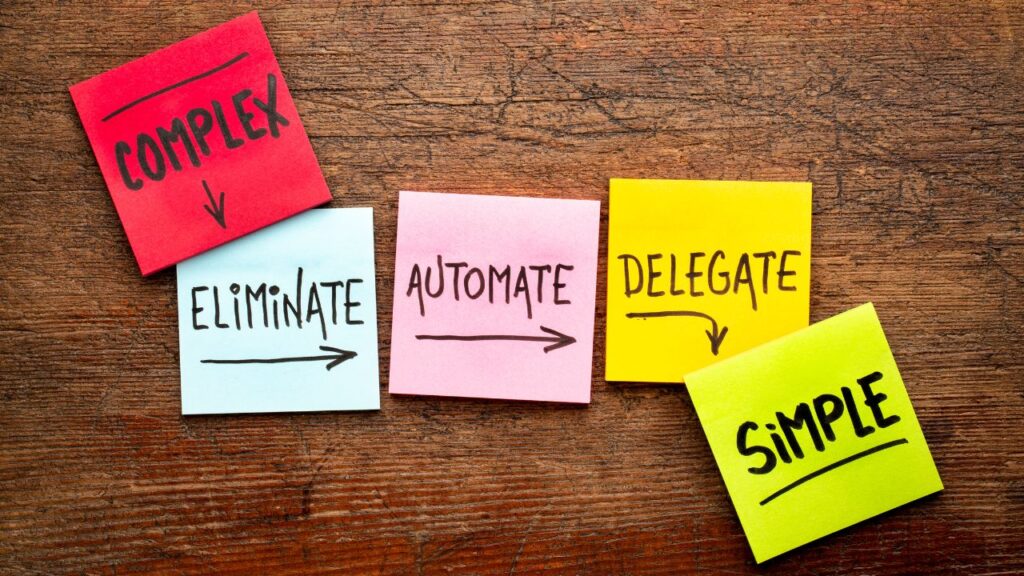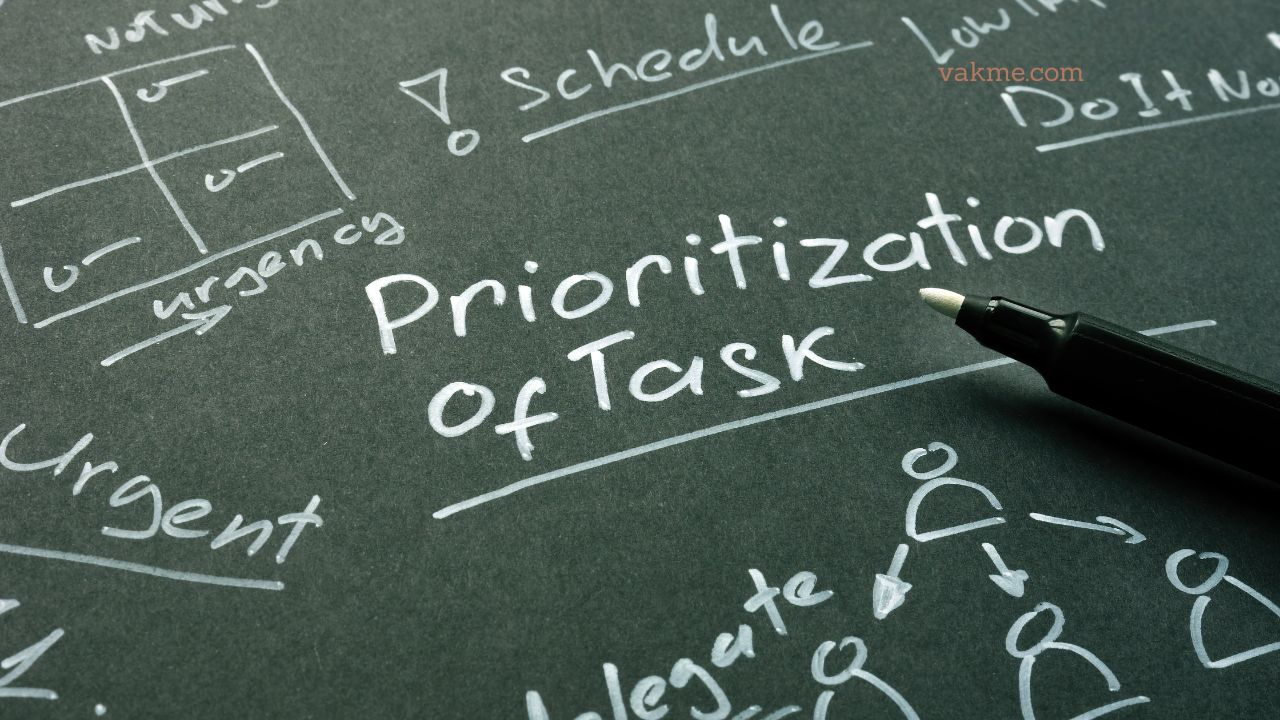Do you often find yourself drowning in a sea of tasks, unsure of where to begin or how to stay on top of your workload? Learning how to prioritize your tasks effectively is essential for maximizing productivity and reducing stress in the workplace. In this article, we’ll uncover 11 invaluable tips from seasoned professionals to help you conquer task prioritization and take control of your workday.
1. Start with a Brain Dump
Before diving into prioritization, take a moment to unload all your tasks from your mind onto paper or a digital device. This brain dump allows you to see everything you need to accomplish, providing clarity and a sense of organization. Write down every task, no matter how small or insignificant it may seem.
2. Identify Urgent vs. Important
Once you’ve compiled your list of tasks, distinguish between what’s urgent and what’s important. Urgent tasks require immediate attention and have impending deadlines, while important tasks contribute to your long-term goals and objectives. Focus on addressing urgent tasks first to prevent them from escalating into crises, then allocate time for important tasks based on their impact on your goals.
3. Use the Eisenhower Matrix
The Eisenhower Matrix, also known as the Urgent-Important Matrix, is a powerful tool for task prioritization. Divide your tasks into four quadrants: urgent and important, important but not urgent, urgent but not important, and neither urgent nor important. Prioritize tasks accordingly, focusing on the important and urgent quadrant first, followed by important but not urgent tasks.

4. Consider Effort vs. Impact
Evaluate each task based on the effort required to complete it versus the impact it will have on your goals. High-effort, high-impact tasks should take precedence, as they yield significant results. Conversely, low-effort, low-impact tasks can be deprioritized or delegated to others. Strive to maximize your productivity by focusing on tasks that offer the greatest return on investment.
5. Break Down Complex Tasks
Large or complex tasks can feel overwhelming, leading to procrastination and decreased productivity. Break down these tasks into smaller, more manageable subtasks to make them less intimidating. Set milestones or checkpoints to track your progress and maintain momentum. By tackling one step at a time, you’ll make steady progress toward completing the overarching task.

6. Set Clear Deadlines
Assign deadlines to each task to create a sense of urgency and accountability. Be realistic when setting deadlines, taking into account factors such as task complexity, available resources, and competing priorities. Use tools such as calendars or task management apps to track deadlines and stay organized. Meeting deadlines helps you stay on track and prevents tasks from piling up.
7. Consider Your Energy Levels
Take note of your energy levels throughout the day and schedule tasks accordingly. Tackle complex or demanding tasks when your energy levels are highest, typically during the morning or after a break. Reserve low-energy periods for more routine or less demanding tasks, allowing you to maintain productivity and avoid burnout.
8. Learn to Say No
It’s essential to recognize your limits and learn to say no to tasks or commitments that don’t align with your priorities or goals. Saying no doesn’t mean being uncooperative or unwilling to help; rather, it’s about protecting your time and focusing on tasks that truly matter. Politely decline requests that would distract you from your core responsibilities or overwhelm your schedule.
9. Utilize the Two-Minute Rule
The Two-Minute Rule, popularized by productivity expert David Allen, states that if a task can be completed in two minutes or less, do it immediately. This rule prevents small tasks from accumulating and cluttering your to-do list, freeing up mental space for more significant tasks. By tackling quick tasks promptly, you’ll maintain momentum and prevent procrastination.
10. Regularly Review and Adjust
Task priorities can change over time due to shifting deadlines, new developments, or evolving goals. Regularly review your task list and adjust priorities as needed to ensure alignment with your current objectives. Stay flexible and adaptable, revisiting your priorities as circumstances change. By staying proactive and responsive, you’ll effectively manage shifting priorities and stay on course toward your goals.

11. Celebrate Your Progress
Finally, don’t forget to celebrate your achievements and milestones along the way. Acknowledge your progress, no matter how small, and reward yourself for reaching goals or completing tasks. Celebrating your successes boosts morale, reinforces positive behavior, and motivates you to continue striving for excellence.
In conclusion, mastering task prioritization is essential for achieving peak productivity and success in the workplace. By implementing these 11 expert tips, you’ll empower yourself to navigate your workload with confidence, focus on what truly matters, and achieve your goals efficiently. Remember, effective prioritization is the key to unlocking your full potential and maximizing your impact in the workplace.











